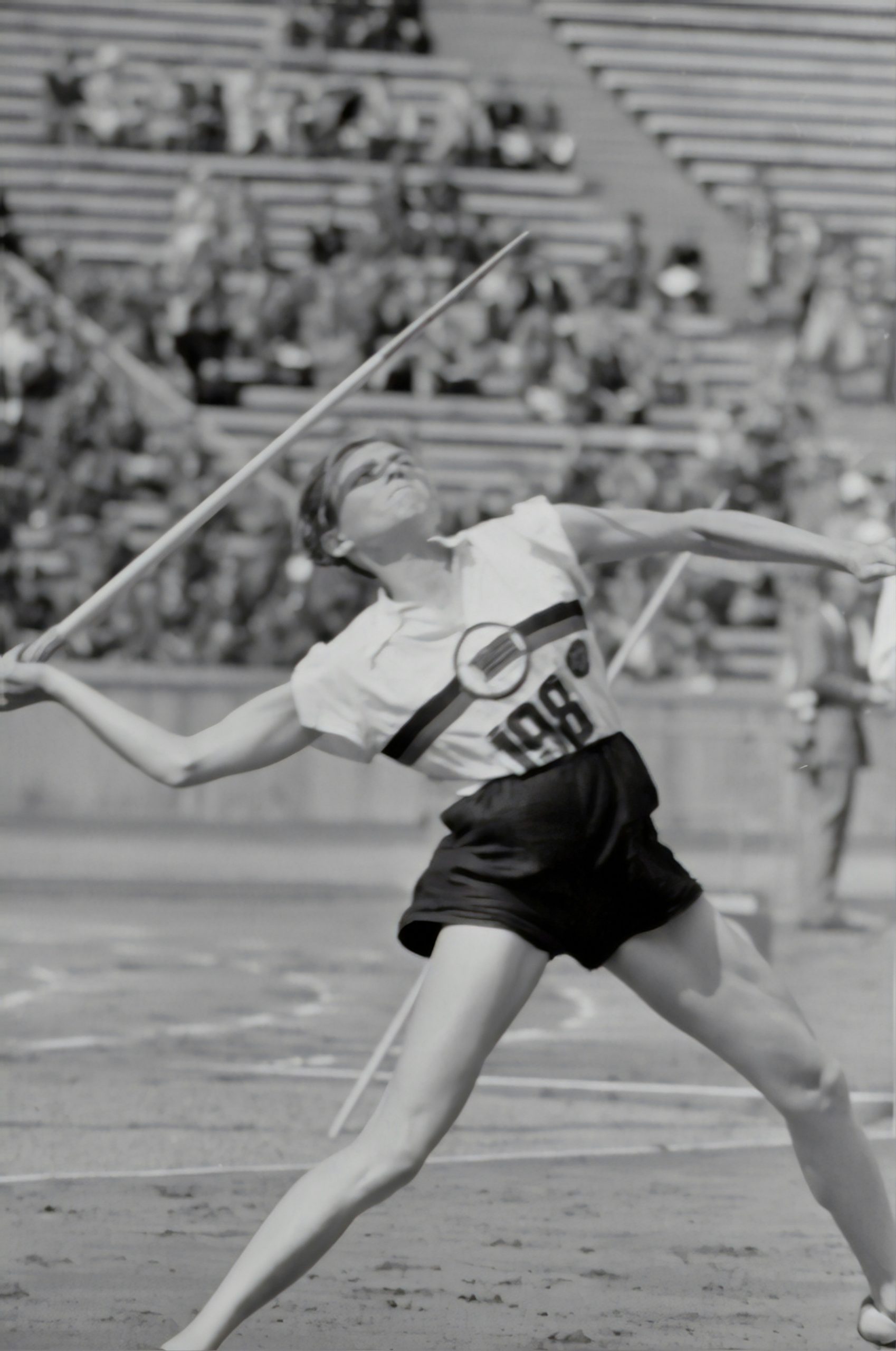
Promoting Inclusivity in Sports
Sports have always been a powerful platform for fostering inclusivity and breaking down barriers. Whether its gender, race, disability, or socio-economic status, promoting inclusivity in sports is crucial for creating a fair and welcoming environment for all participants. This article explores various strategies, examples, and the importance of inclusivity in sports.
Why Inclusivity Matters in Sports
Inclusivity in sports goes beyond just participation numbers. It encompasses:
- Equal Opportunities: Ensuring everyone has access to sports regardless of background.
- Diversity: Celebrating different cultures, genders, abilities, and identities.
- Community Building: Creating a supportive and respectful sports community.
When sports are inclusive, they become a catalyst for social change and personal development, promoting empathy, teamwork, and mutual respect among participants.
Challenges to Inclusivity
Despite progress, challenges to inclusivity persist:
- Discrimination: Bias based on race, gender, or disability.
- Access Barriers: Limited facilities, financial constraints, or geographic isolation.
- Cultural Norms: Traditional views limiting certain groups participation.
Addressing these challenges requires proactive measures at various levels, from grassroots organizations to international sports bodies.
Strategies for Promoting Inclusivity
Effective strategies include:
- Educational Programs: Workshops and training sessions on diversity and inclusion for coaches, athletes, and administrators.
- Accessible Facilities: Ensuring sports venues and equipment are accessible to people with disabilities.
- Policy Development: Implementing inclusive policies and guidelines at organizational and governmental levels.
- Role Models: Highlighting diverse athletes and leaders in sports to inspire others.
For instance, the Paralympic Games have been instrumental in challenging perceptions of disability and showcasing athletic excellence among disabled athletes.
Case Studies in Inclusive Sports
Several organizations have led by example:
- You Can Play Project: Aims to eradicate homophobia in sports and ensure inclusion for LGBTQ+ athletes.
- Special Olympics: Provides year-round sports training and athletic competition for children and adults with intellectual disabilities.
- Womens Sports Foundation: Advocates for gender equity in sports and provides grants to support female athletes.
Conclusion
In conclusion, promoting inclusivity in sports is not just about leveling the playing field; its about creating a world where everyone feels valued and empowered through sports. By embracing diversity and implementing inclusive practices, sports can become a universal language that bridges differences and celebrates human potential.
As Nelson Mandela once said, “Sport has the power to change the world… It has the power to inspire. It has the power to unite people in a way that little else does.”
Lets continue to champion inclusivity in sports, making it accessible and enjoyable for all.



